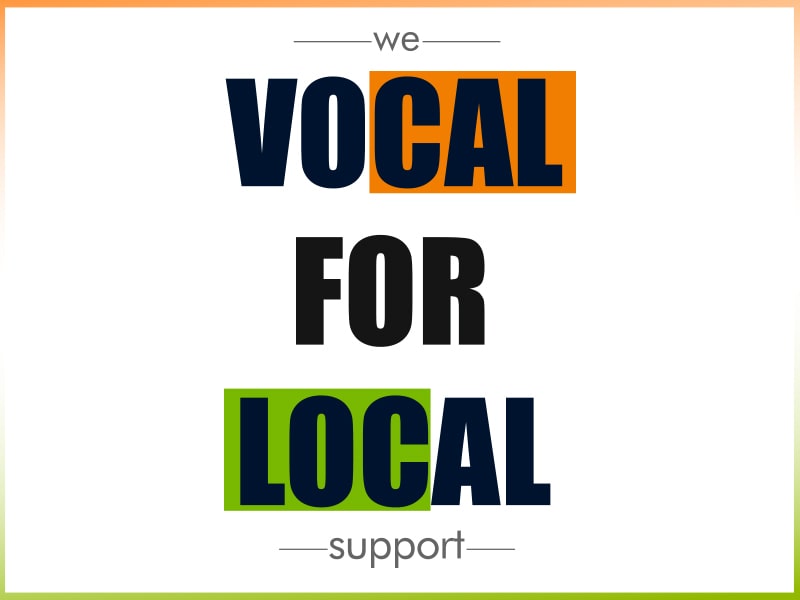Work From home or WFH mode has always been around in some form or the other. However, the global shift to remote work precipitated by the pandemic forced businesses to take notice of its benefits and consider making it a permanent component of their workplace model.
While many companies are moving to a hybrid model which combines WFH and onsite opportunities, many professionals are also considering working independently or launching their own businesses from home. They may also be moonlighting with a side hustle alongside their day job.
The growth of the internet economy around the world, access to reduced data costs, and the quest for more flexibility are driving this trend. This blog explores key WFH trends, the pros and cons of working in this mode, as well as some handy tips for businesses and individuals to thrive in WFH mode.
Three Shifts to WFH Mode
WFH Mode Enables Diversity in The Workplace
With the legitimization of remote work, companies can hire talent from various underserved segments, including women, people with mobility challenges and other disabilities, and those from marginalized communities.
WFH mode Has the potential to reduce hiring biases, grow equal opportunity, and attract talent from any geography.
Rise of Online Entrepreneurs/Solopreneurs
Access to the internet has reduced startup costs, enabling professionals to start businesses from home. One can launch a startup with a remote workforce with limited funding. Professionals can also become solopreneurs, launching an independent consultancy practice.
Access to online tools and software makes it easy to execute collaboration, communication, accounting, and other work-related functions with lean teams.
Moonlighting With A Side Hustle
Fear of job loss or a desire to pursue a passion is inspiring more professionals to launch a side hustle in their spare time. For instance, an accountant can launch a baking business, or a teacher can become a freelance writer.
Over time some professionals turn their moonlighting experience into a full-time profession or business.
Core Challenges for Businesses
Not All Industries Can Benefit From WFH
Some sectors, such as hospitality, travel, manufacturing, banking, and tech, have limitations when it comes to going fully remote. For instance, restaurants offering a dining option cannot be remote.
Secondly, businesses that are governed by high-security concerns are not likely to embrace WFH. Hence, both businesses and professionals must be able to rationalize the benefits of WFH, apply it when relevant, and adapt accordingly.
Effects of Employee Isolation
One of the fallouts due to the shift to remote work during the pandemic made many employees feel extremely isolated. The reduction in face-to-face social engagement impacted work relationships and the quality of work collaboration.
Reduced productivity and morale were natural by-products. Companies that were unable to provide the necessary tools and framework to thrive in WFH mode permanently lost employees due to attrition.
Companies will need to invest in building better policies to ensure that employees feel connected.
Growth of Employees Gets Hindered
Another setback was that companies found it challenging to track employees' performance due to the lack of tools and metrics to monitor remote work. Companies were also not equipped to provide real-time skills training to help employees cope with market demands.
These issues impacted how team leads were able to review, offer feedback and empower employees to keep growing. Lack of growth has played a major role in demotivating employees and reducing productivity.
Such consequences affect the revenue and growth of businesses.
Importance of Online Branding
Aspects like communication, marketing, and visibility are extremely important for professionals and businesses looking to thrive in WFH mode.
Strengthen Your Online Network
Companies, employees, and independent professionals will need to invest time in building or strengthening online networks by making time for virtual meet-ups, online networking events, and attending informative webinars where they can interact with industry leaders and peers.
Build New-Age Visibility Skills
They will need to build skills to grow their social media engagement and visibility and stay connected meaningfully to colleagues, bosses, clients, and industry peers.
Learning the ropes of how to improve ones screen presence in video or at video interviews, launching a podcast, writing expert blogs, and other visibility tools is a great investment in professional branding.
Embrace Digital Business Cards
Reduced face-to-face meetings have made paper business cards redundant, not to mention that they consume a lot of paper and a lot of them end up in the waste Bin. This trend has generated the need for digital business cards.
By leveraging the right software, one can design and distribute digital business cards seamlessly and share professional details in a personalized, secure manner.
Digital business cards can be updated in a matter of minutes, and they are proving cost-effective for both solopreneurs and businesses.
In Conclusion
There is a growing trend toward more and more professionals embracing the digital business card culture due to its various benefits. Not only can one create it with ease, but one can also access other features, such as getting an update with a contact who gets promoted to move to a new company.
Contact management apps, such as CardByte, enable professionals to design, exchange, store and organize your business contacts without any hassles. Drop in and explore how you can leverage CardByte to build online visibility and stay connected with your network.





-min.jpg)
-min.jpg)

